Roaming Fox amongst Wild Dogs in the Waterberg
Waterberg Biosphere – Limpopo – South Africa
African Wild Dogs, Conservation and Ecotourism
The conflict between humans and Wild Dogs also known as painted dogs is a constant concern. On one side Wild Dogs are listed as a globally endangered species with less than 550 known dogs left in South Africa and therefore the country’s rarest and most endangered carnivore. On the other side especially in the Waterberg there are cattle or game farms, public and private nature reserves needing to preserve their own stock, wildlife and livelihood whilst knowing that wild dogs can devour their entire livestock within a matter of a few weeks.
Wild dogs can be very elusive and not many people have the opportunity of seeing them outside a protected area in the wild.
In June 2021 whilst house sitting at Matamba Bush Camp I was fortunate to be given an experience of a lifetime with Reilly from Waterberg Wild Dog Initiative not only to see them but to watch one of the rarest free roaming packs of Wild Dogs for well over an hour.
What made it even more special was the fact that they are the only known breeding pack remaining in the Waterberg. This pack has been extremely elusive visually even for the WWDI who have tracked the pack since August 2020 and monitored their movements. The first time they could get a decent sighting of them was in May 2021.
NB
Please note there may be photos that can be gruesome and offensive to some, although I have tried to limit them.
Arriving at the site where we would watch the dogs, Reilly totally hands on, sets out to prepare the carcass for the Wild Dogs. With not a squeamish hair on her body, Reilly casually cuts a slit here and there to release a few ‘enticing’ odours to lure the Wild Dogs. A trail camera is attached to a tree to collect footage for her research.
We then returned to the vehicle to wait for the dogs to appear. The pack is habituated only to specific calls that Reilly has tried and tested over a period of time which she plays to try and make them attentive to the food. We thought we would have to wait for at least half an hour but they were there within minutes.
Two dogs loped tentatively towards the carcass, pausing for a moment to cast a glance at the vehicle with us inside. They then circled the carcass, lowered their noses and sniffed at it curiously. Within seconds they tore at the impala and tucked in. More dogs appeared until there were about 5 dogs, each taking turns to devour this opportunistic meal.
To get an idea of what we experienced, take a look at this video clip
Usually they do not touch a carcass as they are not scavengers. They prefer to kill for themselves. This particular pack has been phenomenal and have realised these carcasses don’t taste too bad after all. By coordinating this ecotourism activity, WWDI provides “free meals” to limit the number of times the pack predates on the hosting properties, all of which are game farms with stock animals that this pack likes (impala, klipspringer, small wildebeest).
The wild dogs can do a lot of damage when they den on small, private properties because they remain stationary in the area for 2-3 months so this is being done to reduce the number of times they predate. This in turn generates a bit of an income for the landowners to offset the costs associated with giving the pack protection during this vulnerable time, and to raise awareness about these beautiful dogs. The minute the dogs aren’t provided with a “free meal” in this way, they go out and hunt. This method also will not keep them in the area and they’ll leave as soon as the pups are big enough.
Although guts and gore can be repulsive, I was mesmerised and absorbed this wondrous moment. They can devour an animal with astounding speed and a pack of six dogs can reduce an impala to scraps of skin and bone in about 20 minutes.
This experience is only possible for a limited time when they are denning. When it is not denning season, the pack covers over 45 000 Ha, utilizing more than 40 different properties in the area. Once the pups are big enough, the pack will leave the den and resume their nomadic lifestyle through the Waterberg bushveld.
Therein lies another bonus. Reilly informed us there had to be some newly born pups in a den. Wonderful news! Unfortunately we would not be able to see them as it is vital not to disturb them. I could live with that.
After feeding off the carcass the dogs were bursting with energy, so it was playtime, just like with any other pups! Others decided it was time to rest for a while.
Fun to watch Wild Dogs at play
Basic facts about Wild Dogs
African Wild Dogs (Lycaon pictus) also known as painted wolves or dogs have distinct large ears much like a bat eared fox and a bushy tail with a white tip. Their coats are colourful and patchy and no two dogs are marked exactly the same, making it easy to identify individuals. Most Wild Dogs are seen in South Africa inside a protected game reserve such as the Kruger National Park.
They need vast areas to roam and hunt and can run long distances at speeds of up to about 60 km/hr. Wild Dogs are extremely effective hunters often more so than other larger African predators and generally only eat what they themselves have killed which include antelope, warthogs and wildebeest.
Unfortunately they fall prey to snares, disease and persecution which obviously causes their populations to decline. Their life span is approximately 10 to 12 years.
Wild dogs have a unique social structure. The pack has an alpha male and female and the hunting members of the pack return to the den to regurgitate meat for the nursing female and pups. They often den in abandoned aardvark holes and the pups remain in the den with their mother for a few weeks. Once the pups are brought out of the den they become the responsibility of the whole pack.
Wild dogs have elaborate greeting rituals from twittering, whining, short barks and calls. Some of these sounds can be heard over long distances.
About the Waterberg Wild Dogs
The Waterberg Biosphere is a UNESCO World Heritage Site. The wellbeing and safety of the Wild Dogs were threatened because of a community of landowners that needed their livelihoods and caused the numbers to drop substantially from 120 in 1998 to 5 remaining dogs in 2017.
Fortunately through intensive management efforts by the Endangered Wildlife Trust (EWT), the Waterberg Wild Dog population has recovered to a certain extent. On the last count there were about 23 free roaming Wild Dogs divided into dispersal packs and scattered in various areas throughout the Waterberg.
The pack we saw consisted of 14 dogs although we only saw 5 or 6. There were 3 adults, 4 yearlings and I have recently heard they have a whopping 7 young pups. Great news! You can see them on Instagram.
On average the other dispersal groups consist of between 2 and 4 dogs in each pack, of which two have just recently been adorned with GPS collars. These numbers change constantly as new sightings are reported.
The Waterberg Wild dogs are known for their beautiful coats and are often identifiable featuring more white in their patterns than other Wild Dog populations.
The objective of the Waterberg Wild Dog Initiative
WWDI has a huge task on their hands by striving to keep the free roaming Waterberg Wild Dogs in hopefully an ever-increasing environment, in safety and size, without conflict from the community. They endeavour to collect accurate information whilst educating and spreading awareness where they can.
They use tracking collars on a free-roaming pack that have never been collared before and use cameras to gather valuable data for their research.
Reilly has taken some amazing photos of the Wild Dogs and has kindly allowed me to add them to this post.
Please click on each image to enlarge.
How you can help WWDI
A dedicated community driven initiative to assist the Wild Dogs has a greater chance of success in preserving and increasing a sustainable free roaming pack. This also creates a unique opportunity for Wild Dog ecotourism. Recent achievements of ecotourism ventures to denning sites have proven there is a market for it.
Interested in seeing the pack during their 2021 Denning Season? Contact the WWDI Project Coordinator at 073 791 6249 or waterbergwilddoginitiative@gmail.com to reserve your spot. Make it quick though!
You will find Waterberg Wild Dog Initiative on Instagram as well as Facebook
About Reilly Mooney
Reilly is the Project Coordinator of the Waterberg Wild Dog Initiative. She has a Bachelors’ degrees in Zoology and Conservation Biology from the University of Wisconsin-Madison in the USA. She moved to the Waterberg in June2019 and spent a year tracking, habituating, and collecting data on chacma baboons. She is passionate about protecting and conserving the rare animals that call the Waterberg Biosphere home.
I am in no way affiliated with the Waterberg Wild Dog Initiative but find their work inspiring and fascinating. I greatly appreciate the opportunity given to me to see these beautiful animals.
Related blog posts:
Pin on Pinterest
Pinterest Pin
Pin for later
Let’s meet on Social Media:
Due to the Covid-19 pandemic there may be some activities that are not available so please check ahead of time to avoid disappointment.
Booking Accommodation
If this article inspires you to travel it would be greatly appreciated if you book your accommodation via the links on this page. Alternatively take a look at my shop page. When you book it will earn us a small commission at no extra cost to you. This will also assist in keeping the Roaming Fox website running.
As always, I appreciate your support. Thanks in advance! – Alma aka Roaming Fox.







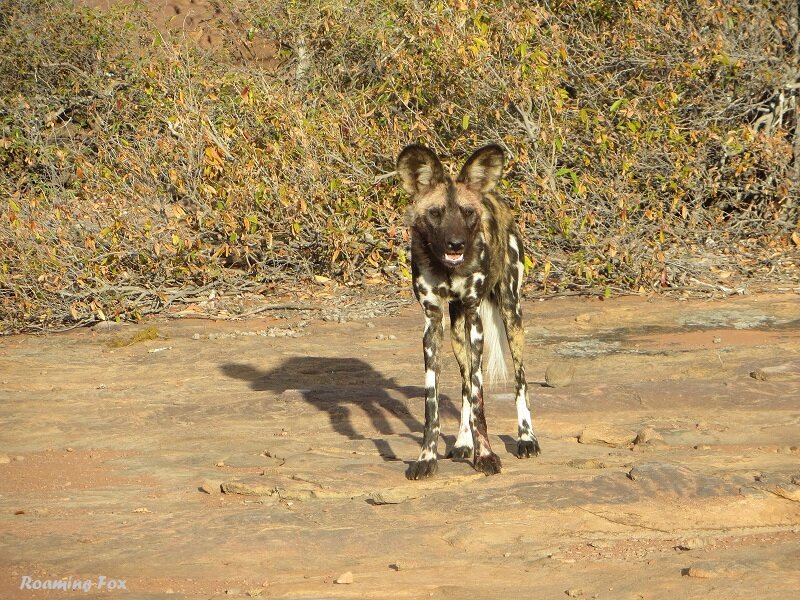


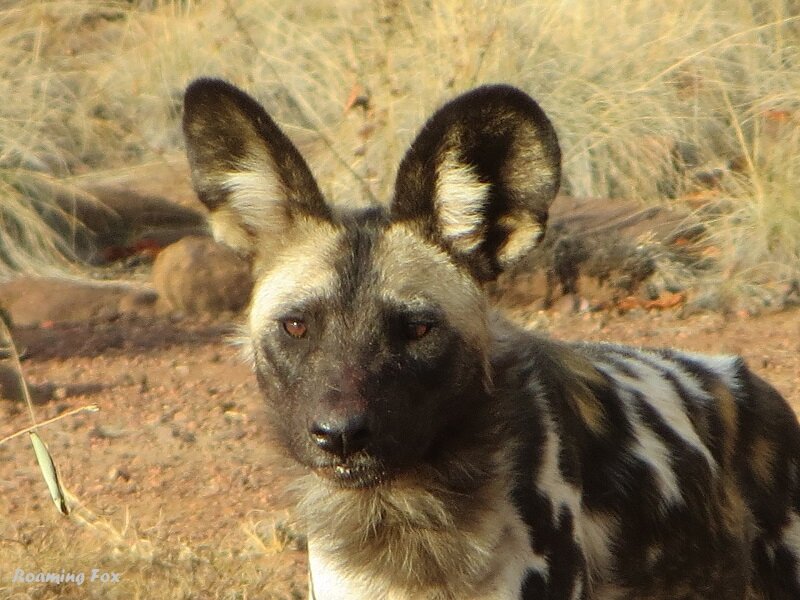













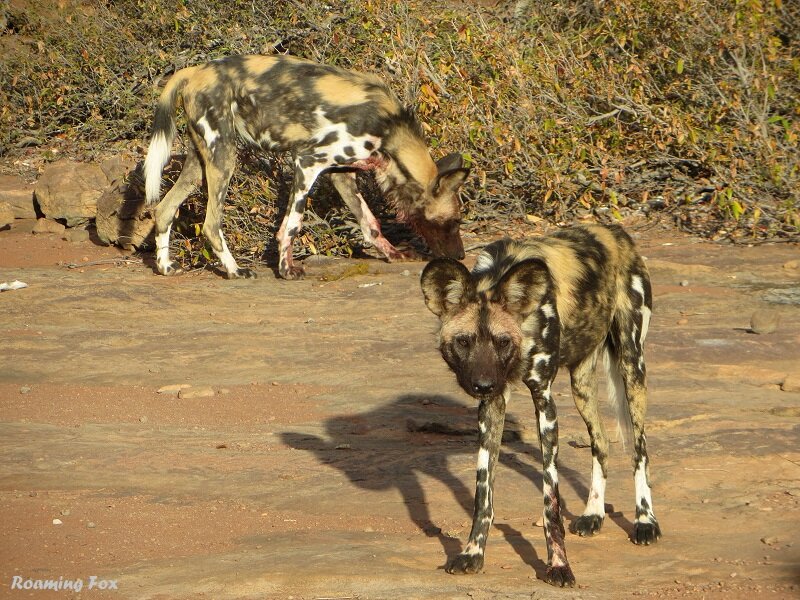






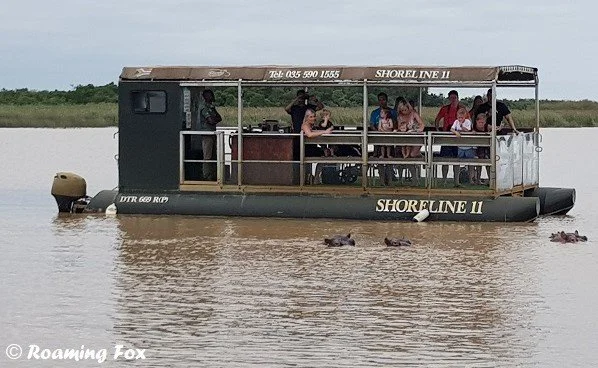

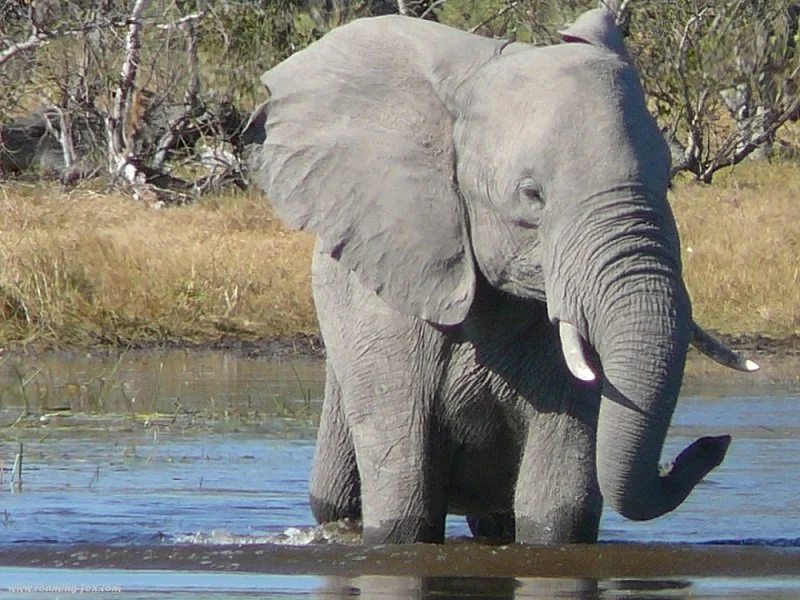


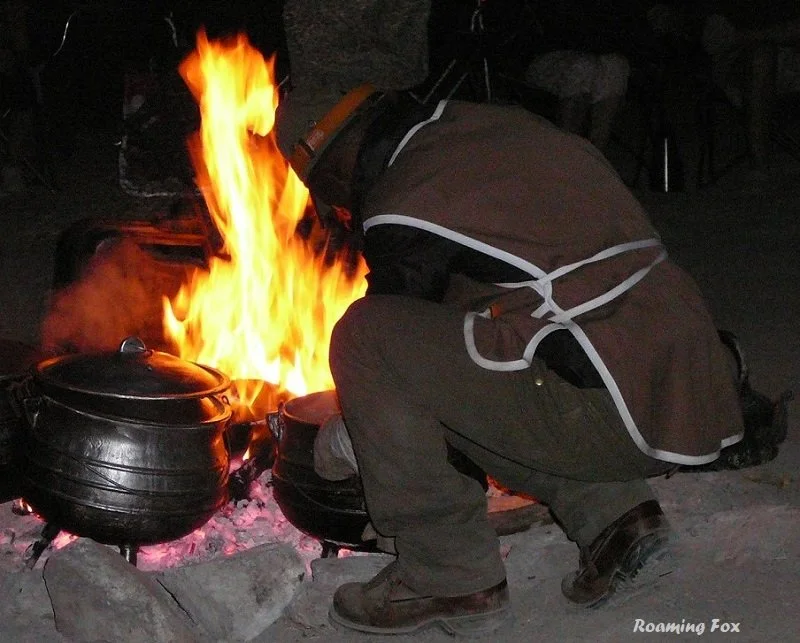









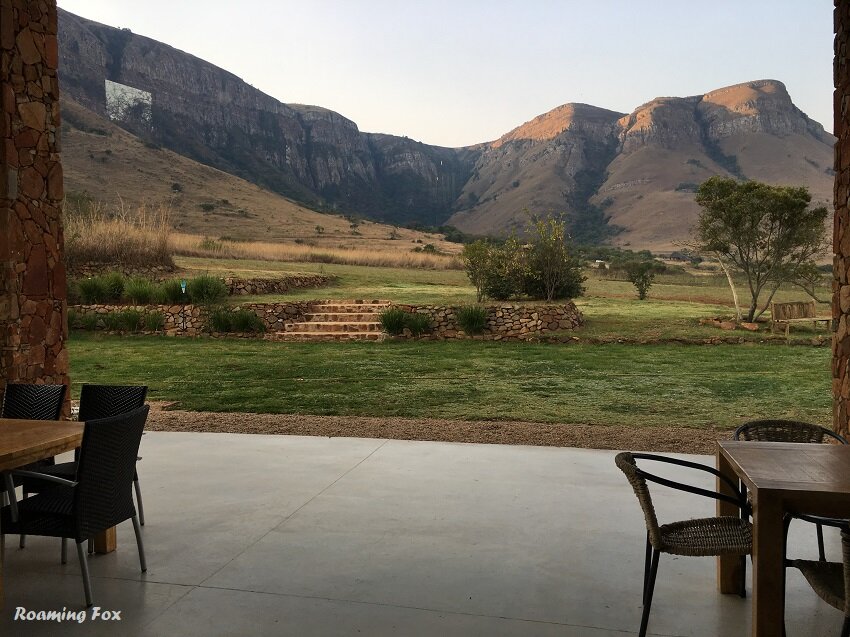




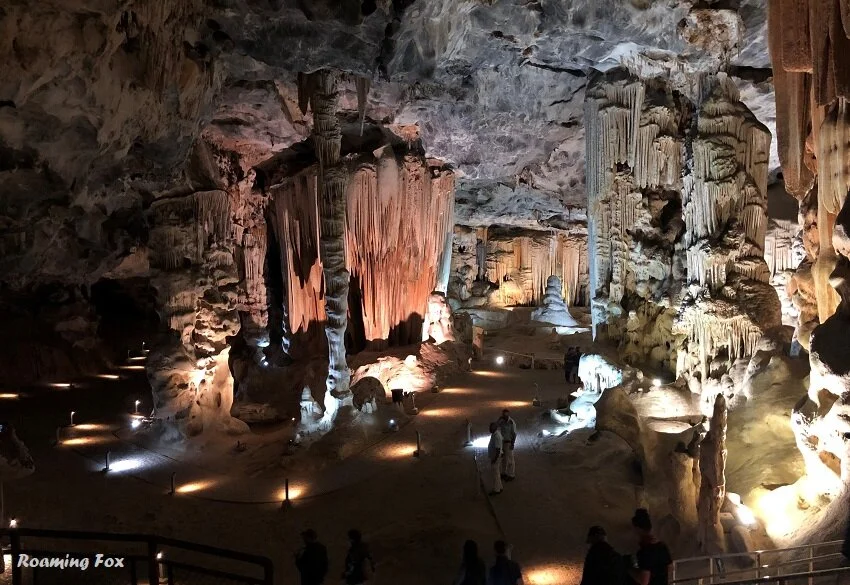

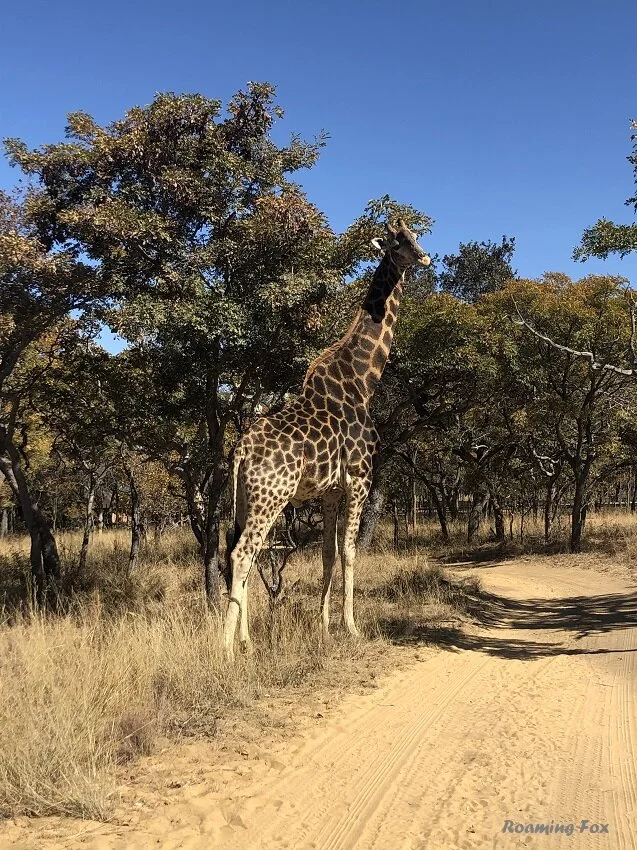
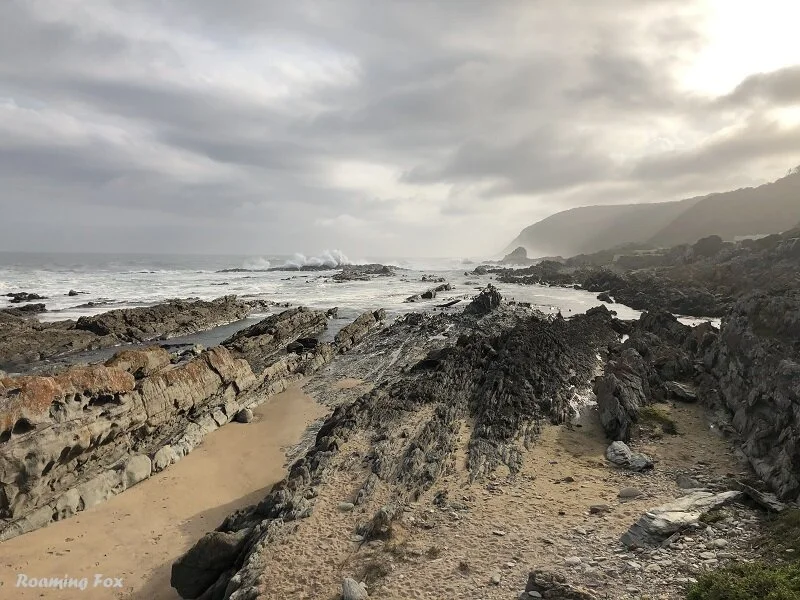
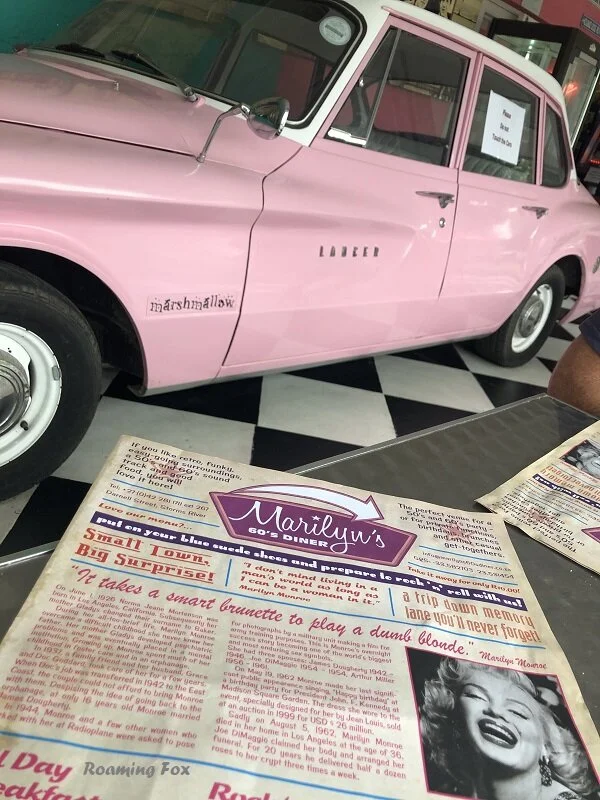
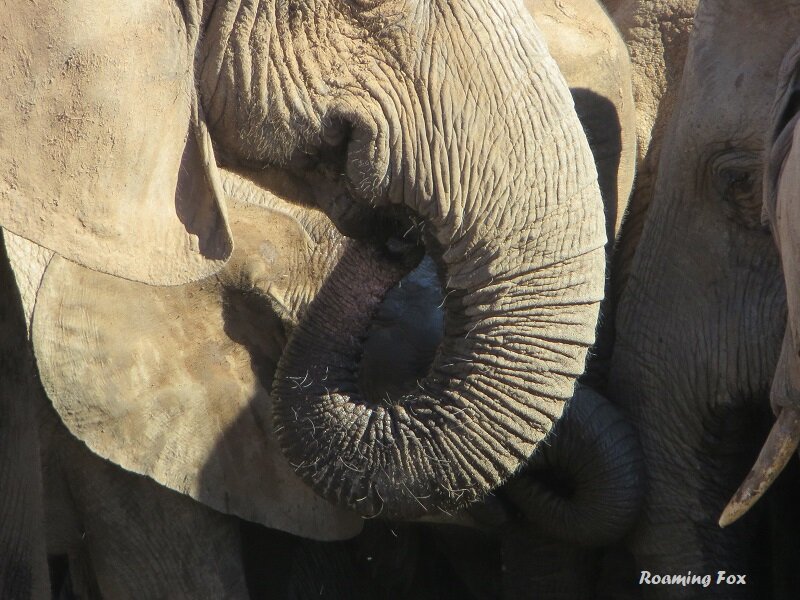

The Best Way to see a country? Take a road trip! Have you ever had that feeling when you hit the open road on your road trip? Freedom. Anticipation. Exhilaration.